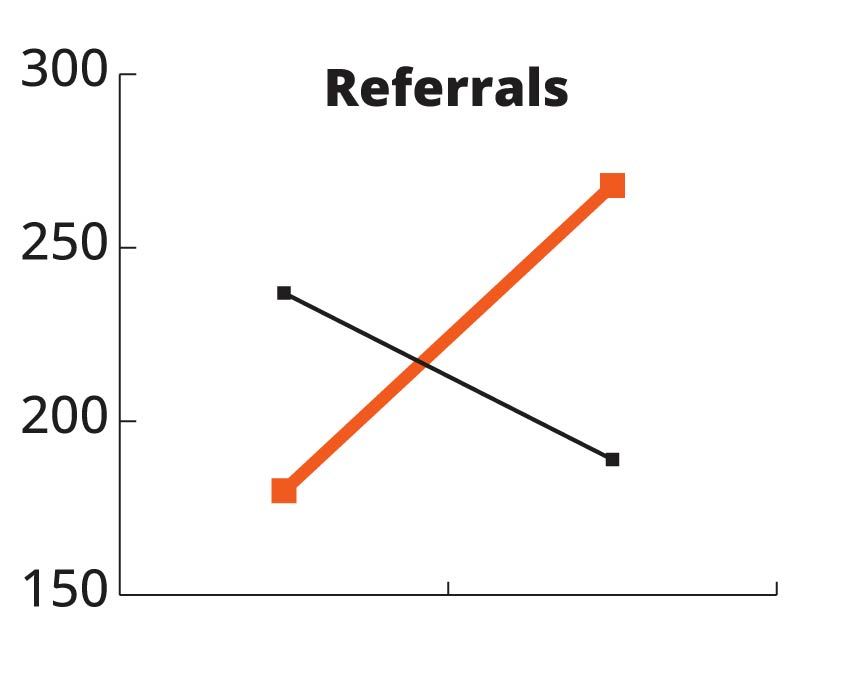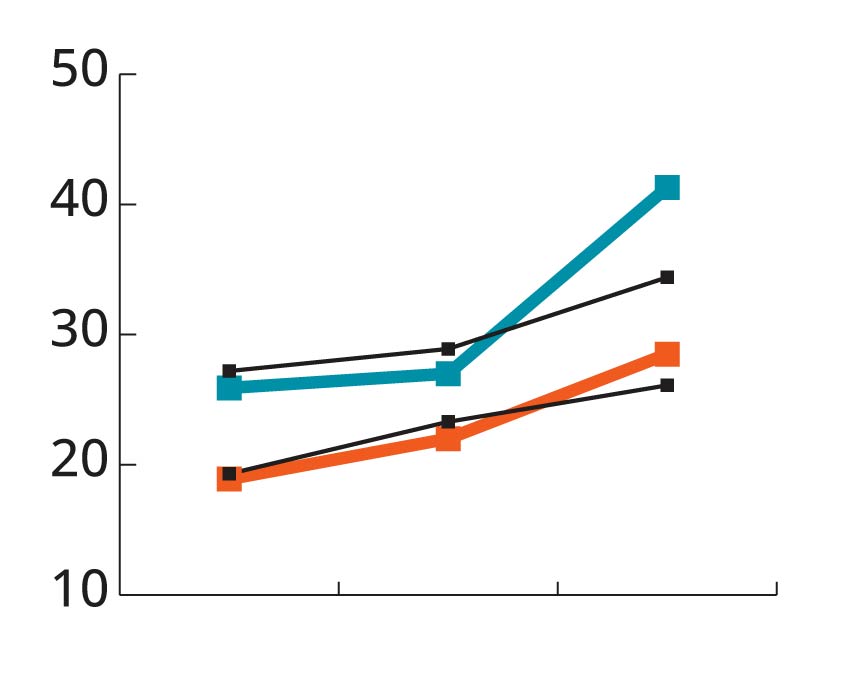- Search
- |
- Learning Portal
- |
- Support Center
- |
- Store Account
- |
- Store
- |
- $0.00
- n a v
The Evidence Base for Caring School Community
ESSA Evidence Levels
The Every Student Succeeds Act (ESSA) federal education legislation emphasizes state and local control, providing school districts with the flexibility to determine appropriate curricula and interventions for their schools. The levels of evidence define the study criteria.
The chart below identifies the ESSA evidence level for Caring School Community®.

| Level 1 Strong Evidence | Level 2 Moderate Evidence | Level 3 Promising Evidence | Level 4 Demonstrates a Rationale |
|---|---|---|---|
| ✔︎ | ✔︎ | ✔︎ | ✔︎ |
Level 1: Strong Evidence
A well-implemented randomized control experimental study with matched treatment and control groups
Level 2: Moderate Evidence
A well-implemented quasi-experimental study with matched treatment and control groups
Level 3: Promising Evidence
A well-implemented correlational study with statistical controls for selection bias
Level 4: Demonstrates a Rationale
A program or practice, under evaluation, that is informed by research
Level 1- Strong Evidence

Caring School Community in the Cooperating School Districts of St. Louis, Missouri
Forty schools in the Cooperating School Districts of St. Louis, Missouri, were randomly assigned to four treatment groups of ten schools each. On the Missouri State Achievement Test, CSC program schools showed a 54% improvement in math scores and a 46% improvement in communication arts scores.

Caring School Community in the San Francisco Unified School District, California
A federally funded, third-party randomized trial of the Caring School Community (CSC) program was conducted from 2003 to 2006 by the San Francisco Unified School District’s research department. From spring 2003 to spring 2005, students in the CSC schools showed significantly stronger academic growth in both reading and math, as measured by the California Standards Test.
Connecting Caring School Community to Hattie’s High Yield Practices
Guided by the work of Fisher, Frey, and Hattie (2016), the table below identifies the most prominent influences that occur in the Caring School Community program and their corresponding effect sizes. To keep the table concise, effect sizes greater than .40 are listed with a brief explanation.
High Yield Practices Embedded in the Caring School Community Program
| ES + Influence | Explanation |
|---|---|
| .82 Classroom Discussion | ● Facilitation questions and discussion prompts ● Open-ended questions invite a variety of responses and encourage students to listen and respect the ideas of others ● Wait time gives students the chance to think before responding and encourage participation |
| .75 Feedback | ● Students learn to give and receive feedback in a helpful way |
| .72 Teacher-Student Relationships | ● Consistent, clear instruction builds trust ● Teachers build strong relationships with students and facilitate and strengthen relationships among students ● Students learn procedures in which they are responsible to one another; they regularly discuss and solve problems related to their work together ● Students are encouraged to take responsibility for their learning and to be aware of the effect of their behavior on others ● Students seek to understand others’ feelings and perspectives |
| .69 Metacognitive Strategies | ● Self-management, self-awareness, and executive function skills, such as monitoring attention and refocusing when necessary are taught and practiced ● Reflection on thinking, learning, and behavior is practiced regularly |
| .65 Prior Achievement | ● Lessons include ways to draw on students’ experiences, backgrounds, and prior knowledge and to build on those during instruction |
| .64 Self-Verbalization & Self-Questioning | ● Students are encouraged to think critically and share their ideas and opinions ● Students are encouraged to build on one another’s thinking, explore and respond to different viewpoints, and generate independent thinking |
| .59 Direct Instruction | ● New skills are explicitly introduced, modeled, and practiced |
| .54 Student-Centered Teaching | ● The program is designed with educational equity in mind to ensure every student receives what they need in order to develop to their full academic and social potential ● Student voice and agency is fostered |
| .52 Classroom Management | ● Explicit instruction is provided for classroom procedures, routines, and social skills |
| .42 Cooperative Learning | ● Students engage in regular discussions to reflect on classroom values and community ● Ongoing peer partnerships and the use of cooperative structures allow students to regularly express their thinking and listen to others’ thinking ● Students work in pairs, small groups, and as a class to listen and learn from one another |
| .39 Social Skills Programs | ● Students think about and act on five core values: responsibility, respect, caring, fairness, and helpfulness ● Students learn how their actions affect the community |
Fisher, D., Frey, N, & Hattie, J (2016). Visible learning for literacy, grades K–12: Implementing the practices that work best to accelerate student learning. Thousand Oaks, CA: Corwin.